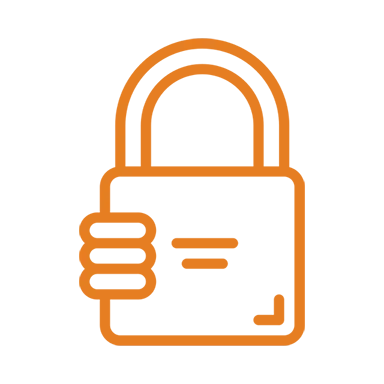Check Digit
What are Check Digits?
The check digit is a redundancy check that is used to detect errors in identification numbers. It is similar to a binary parity bit, consisting of one or more digits that are computed from the sequence input. The check byte is used to detect input errors, such as mistyping or entering an incorrect number. Moreover, it can be used to identify permutations of two consecutive hexadecimal pixel values.
When you use the term “check digit” to refer to an extra identifier, you are referring to the number that is appended to an identifier. The check digit is typically the twelfth hexadecimal byte. It is added to account numbers to help identify whether the account number is legitimate or not. Typically, the twelfth hex a byte is the twelfth hexidecimal pixel.
The check digit is the last character of an alphanumeric number. In PAN cards, the last character is the alphabetic check digit. This character is the tenth hexadecimal byte. Therefore, option (c) is the correct answer. The check hexadecimal byte should be divided by the first hexadecimal byte. In addition, the remainder should be multiplied by the first hexadecimal-byte.
The check digit is the twelfth hexadecimal byte of a barcode. It is the final hexadecimal byte of the code, which is calculated from all other digits in the barcode. The check hexadecimal byte is used to detect human error when coding numbers.















